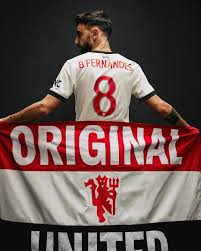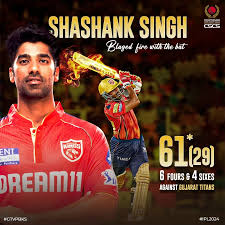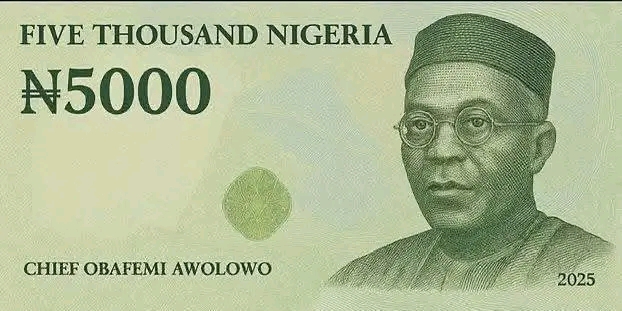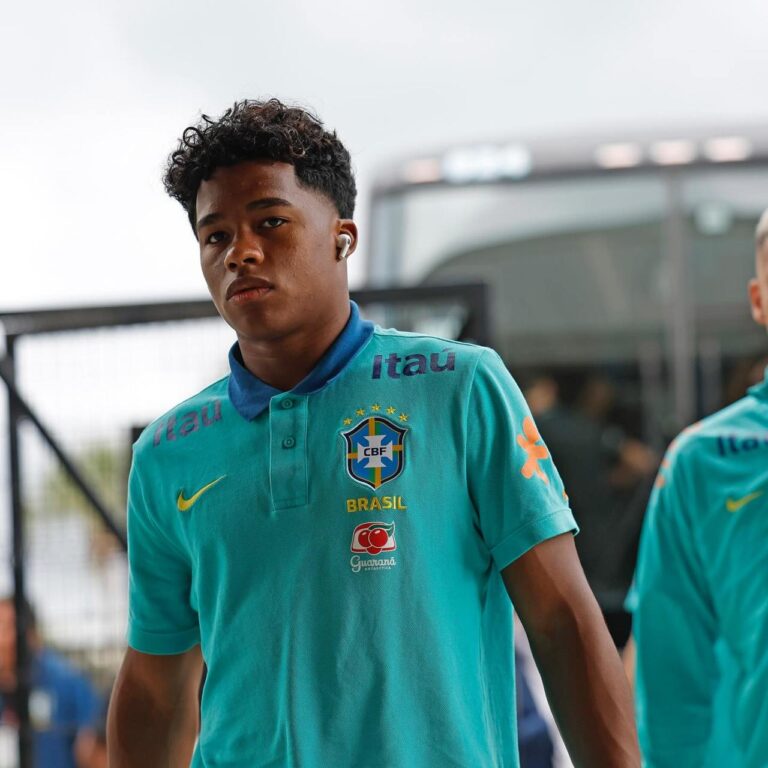
The gods of the Vuelta a España celebrate the race's 90th birthday
More than a dozen winners, from Chris Froome to Agustín Tamames, celebrate in Madrid the presentation of the 2025 route of the Spanish cycling race
The Vuelta was born in 1935, a republic and an optimistic humanity, a desire to be European, to put an end to the ragged and illiterate Iberia, to the yoke of the church and the young master. The race barely survived the devastating, autocratic and lost Franco regime, and generated a following and a desire that turned those forced onto the route into heroes, it grew in terms of publicity with democracy and live colour television, in 2025, in nine months, it celebrates its 90th anniversary, and the organisation commemorates it with a varied and multicoloured route, like those of recent years, and with a visit to the stage of the Palacio de Congresos on the street called, what a horror, Capital of Spain, Madrid, by some of its gods, and more than any, Agustín Tamames, just turned 80 and winner 50 years ago, in 1975 when Franco was dying in La Paz, and Txomin Perurena, who died so young, cried when he heard the silence in his Anoeta velodrome when he entered in yellow, defeated.
The number 33 of Macotera, the phone number of Tamames’ girlfriend, from Monterrubio de la Armuña, from Salamanca, was the most famous number of that Vuelta of 1975, when the cyclists asked the telephone operators of the hotel where they slept for conference calls with their home after each stage and knew that they would not have the line for three or four hours. And the unsatisfied urgency of Tamames, number 32 of the Super Ser led by Luis Ocaña, became legendary. There were then, when Spanish cycling was as self-sufficient as the economy and there was hardly any competition outside Spain, climbs like Angliru or Bola del Mundo, a hyperbolic name for the heights of Navacerrada, which could only be seen from a distance, but could not be included in the routes because the bikes did not have sufficient gearing to cope with their exaggerated gradients, double-digit percentages, and these are what this year mark the excessiveness of a race that found its identity in the mountains and in the allergy to the sprint. A Vuelta, always, is its pride, short and intense, like the life that some want to live.
The 80th edition of the Vuelta (the 90 years of war and the intermittent periods of the first years of Franco’s regime must be discounted) will start on August 23 from the outskirts of Turin, Italy, and will finish in Madrid on August 14. There will be 3,138 kilometres (150 per stage, short), 46 of them time trials (20 in Figueras on the fifth day, by teams; 26 in Valladolid, individual as in 2023, Pippo Ganna, the 18th stage), lots of mountains, as usual, and eight mountain finishes on first or special category ports: the classics Pal, in Andorra (sixth), Cerler (seventh), Valdezcaray (ninth), Belagua (10th), and the more radical Asturian ones of Angliru (13th) and Farrapona, where the bears of Somiedo (14th), Morredero, in Ponferrada, (17th), and Bola del Mundo (20th).
A route that Tadej Pogacar likes (or any champion of the century, except Evenepoel, too many mountains), and the Spaniards Enric Mas and Carlos Rodríguez too. While the presence of these two is taken for granted, the presence of Primoz Roglic, a four-time winner, and Jonas Vingegaard, winner of two Tours, who only think about the Tour and will ride the Giro first, to warm up their legs, are ruled out from the start. The phenomenal Pogacar, for his part, prefers suspense. “I will wait to see the Vuelta and Giro routes [which will be presented in a month] to choose,” warned the Slovenian, who only needs the red jersey (he was third in his only participation, in 2019), to complete the trio with the Tour (three times) and the Giro (2024). Perhaps running his finger over the broken profiles of the Vuelta will be enough.
There are winners of Vueltas older than Tamames, and some who are still alive, like Bernardo Ruiz, 99 years old, who won in 1948, in prehistory, fighting against Dalmacio Langarica and Julian Berrendero, names that only the oldest remember, or Angelino Soler, 85, winner in 1961, the youngest winner of the Vuelta (he was 21 years and six months old), but his age did not allow him to travel to Madrid to receive the acclamations and admiration of the fans alongside Tamames and another dozen or more who did so, from Froome to Marino, with Contador, Jalabert, Zülle, Aru, Nairo, Heras, Perico, Casero, Pino, Mauri and Olano. They represent the different ages of the Vuelta. The home-grown race organised since 1955 by El Correo, which represents the cyclist from Salamanca; the arrival of Unipublic after the crisis of the late 70s, when El Correo decided to stop organizing it, represented by the hard-working Marino Lejarreta, winner in 1982 after the controversial disqualification of Ángel Arroyo, and the development of its great commercial value with live broadcasting and the generation of true mass idols, such as Perico Delgado, and his incredible victory in 1985 against the sleeping Robert Millar, or Álvaro Pino (1986). The change to September in 1995 and the peak of ONCE, the first technological revolution, with Laurent Jalabert and Alex Zülle (and the sadness of Miguel Indurain’s withdrawal in 1996), and now, in the 21st century, having overcome the doping crisis and Operación Puerto, and the four victories of Roberto Heras, his great international leap with the entry of ASO, the company that organizes the Tour, and the discovery of its true nerve. And there were Chris Froome (2011 and 2017), Fabio Aru (2015), Nairo Quintana (2016) and Alberto Contador (2008, 2012 and 2014) to proclaim it.







